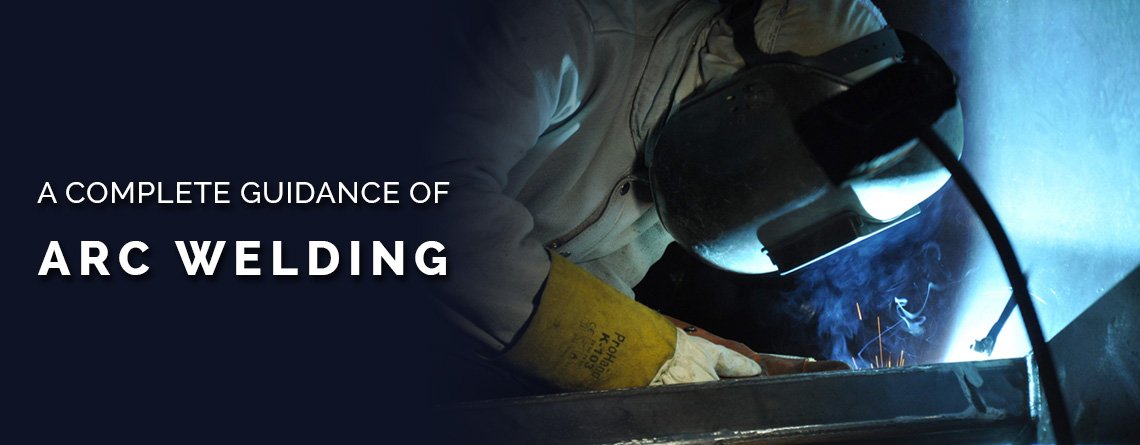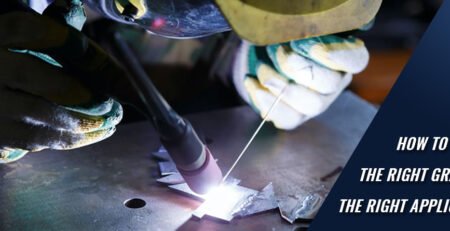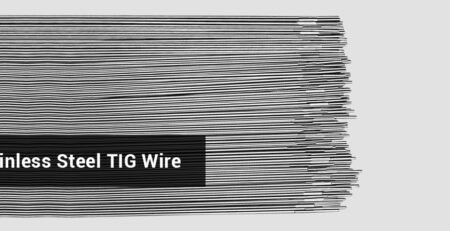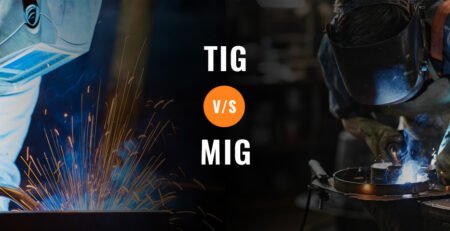Arc Welding – A Complete Guide
New to the welding world? If your answer is yes, it is unlikely that you know everything about arc welding. However, there is no need to worry. We have got you covered!
What Is Arc Welding?
Arc welding is a typical welding technology that entails supplying electricity to heat and melt the weld metal using awelding electrode, resulting in the formation of a strong joint over the weld region. Arc welding is a metal-joining fusion welding method. An electric arc generated by an AC or DC power supply generates a high temperature of roughly 6500°F, melting the metal at the joint between two work parts.
How Does Arc Welding Process Work?
Arc welding can now be done in one of two ways. One method involves the use of a consumable electrode, while the other involves the use of a non-consumable electrode.
- Consumable Electrode Methods
- MIG and MAG
Metal Inert Gas (MIG) and Metal Active Gas (MAG) welding are two different types of the Gas Metal Arc Welding (GMAW) technique, which uses a shielding gas to keep the base metals clean. Heard of MIG welding wires? They are used pretty much everywhere.
- SMAW
Shielded Metal Arc Welding is a procedure in which an arc is formed between a metal rod (electrode flux coated) and the workpiece, melting both the rod and the workpiece surface to generate a weld pool.
- FCAW
Fluxed Core Arc Welding employs a flux cored electrode that is continually fed with a constant voltage power supply to maintain a constant arc length.
- SAW
By creating an electric arc between a welding electrode wire with continuous wire feed and a base metal, the submerged arc welding technique (SAW) is used to fuse metal components.
- ESW
A molten slag melts the filler metal and the surfaces of the workpieces to be bonded in electroslag welding (ESW).
- SW
Arc Stud Welding connects a nut or fastener to another metal item using a flange with nubs that melt to produce the join, similar to flash welding.
- Non-Consumable ELectrode Methods
- TIG
Gas Tungsten Arc Welding (GTAW) is another name for Tungsten Inert Gas Welding. To form the arc, a non-consumable tungsten electrode is used, and an inert shielding gas is used to protect the weld and molten pool from contamination. TIG welding wires are popular in the welding world!
- PAW
PAW, like TIG, creates an electric arc between a non-consumable welding electrode and an anode that are both housed within the torch’s body. The plasma is created by ionising the gas in the torch with an electric arc and then pushing it through a fine bore hole in the anode to reach the base plate. The plasma is isolated from the shielding gas in this manner.
Uses Of Arc Welding
Because of its low cost and ease of usage, Arc Welding has a wide range of applications. In reality, Arc Welding is used extensively in practically all manufacturing industries and production units for joining and fabrication procedures. Construction, automotive, and aerospace are three of the most common industries where Arc Welding is used. Shiv Shakti Metal has established itself as a capable and trusted supplier of one-of-a-kind and specialty welding requirements. We have every wire you will need for the ARC welding procedure. Get in touch with us now, your trusted welding wire suppliers !











